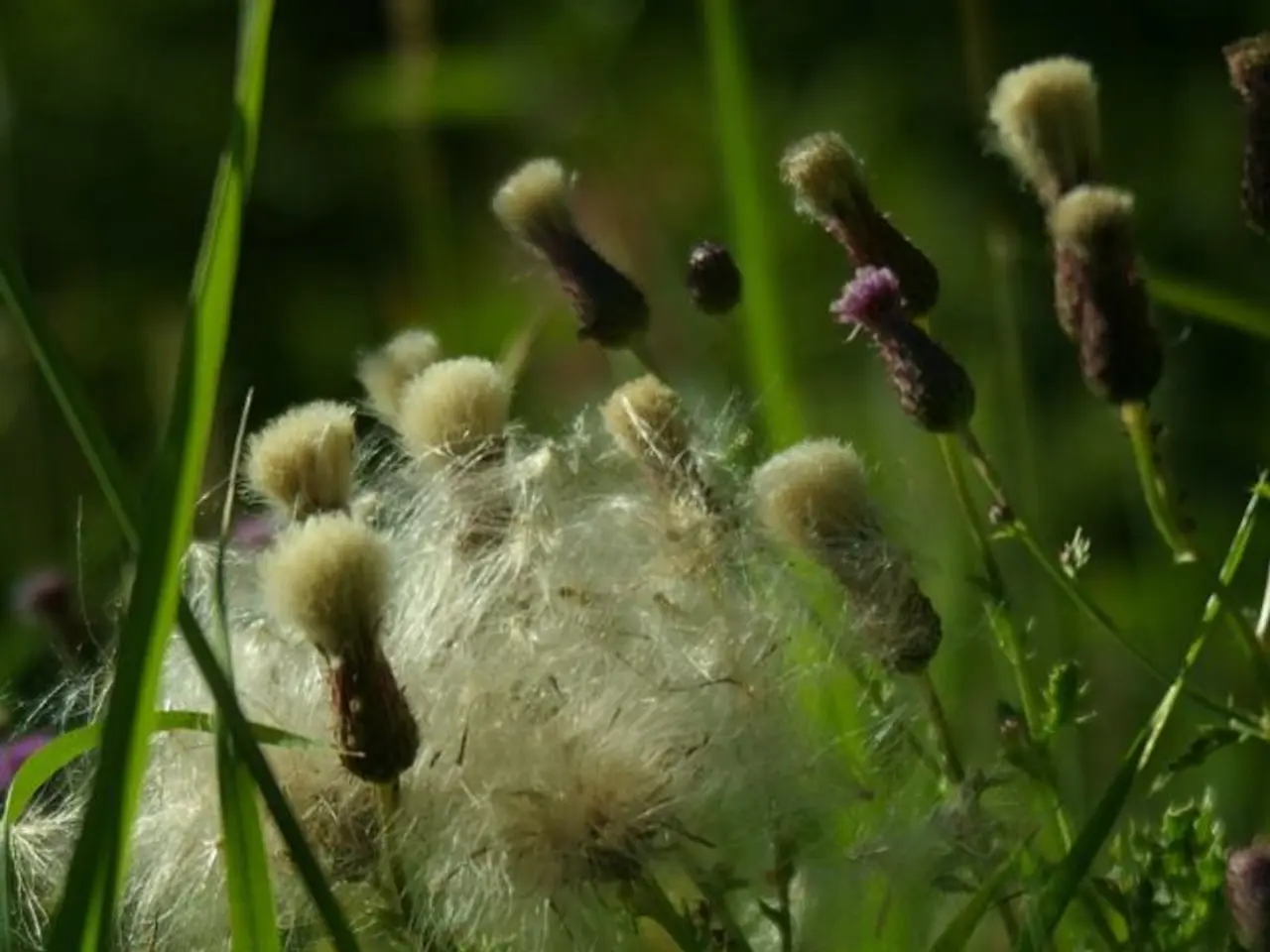Understanding Sunlight Patterns in Your Garden: A Comprehensive Guide for Gardeners to Plot Sunlight
In the vibrant world of gardening, understanding the sunlight requirements of plants is key to creating a thriving and productive garden. Here's a comprehensive guide to help you determine your garden's sunlight exposure and choose plants that will flourish in their preferred conditions.
Gardening expert, Larry Meyers, with over a decade of experience, emphasizes the importance of matching plants with their preferred light conditions. By observing sunlight patterns and using precise measurement tools, gardeners can create an environment that nurtures their plants.
Observing Sunlight Patterns
Taking photos or notes each hour from sunrise to sunset helps identify full sun, partial shade, dappled shade, or deep shade zones. This systematic observation over several days provides valuable insights into your garden's sunlight conditions.
Using Light Measurement Tools
Sunlight calculators, light meters, and 4-in-1 soil moisture meters with sunlight sensors can provide detailed data on light conditions. These tools help classify garden sections by sunlight levels, ensuring a precise understanding of your garden's sunlight exposure.
Mapping Your Garden
Marking tall structures such as trees, fences, or buildings that cast shadows, especially on the southern side (or northern in the Southern Hemisphere), can help identify spots with 8–10 hours of direct sunlight. This map will guide you in selecting plants that thrive in sunlight.
Choosing Plants Based on Their Sunlight Needs
- Full sun plants require 8 or more hours of direct sunlight per day, including many flowers, fruiting vegetables (tomatoes, cucumbers), berries, and citrus trees.
- Partial sun/shade plants thrive with about 3–6 hours of sun and some afternoon shade. Examples include azaleas, coral bells, and bleeding heart.
- Dappled shade plants grow well under trees where sunlight filters through leaves most of the day.
- Full shade or deep shade plants require less than 3 hours of sun or very low light but still need some light to photosynthesize. Hostas, ferns, and impatiens are classic shade-tolerant examples.
Understanding the Daily Light Integral (DLI) and light intensity units can further aid in precise plant matching. DLI quantifies the total photosynthetically active light a plant receives over 24 hours, directly linking light availability to plant growth.
Adapting to Seasonal Changes
Shade in a garden moves throughout the day and can affect plant growth. In the fall/winter, areas that were once shady can become sunny spots, perfect for seasonal vegetables or flowers that crave direct sun. Conversely, north-facing gardens are perfect for shade-loving plants.
Maximizing Your Garden's Potential
By combining systematic observation, light measurement tools, and mapping garden conditions, gardeners can make informed decisions about plant selection, maximizing their garden's health and productivity. Reflective surfaces can bounce extra light to shadier spots, while shade cloth or tall plants can create partial shade in overly sunny areas.
In summary, understanding your garden's sunlight exposure is essential for creating a thriving garden. By choosing plants based on their sunlight needs and adapting to seasonal changes, gardeners can enjoy a vibrant and productive garden all year round.
"Larry Meyers, a gardening expert with over a decade of experience, suggests matching plants with their preferred light conditions by observing sunlight patterns, using precision measurement tools, and mapping the garden to identify the garden's sunlight zones."
"With this comprehensive understanding of the garden's sunlight exposure, gardeners can now select plants that will flourish in their preferred sunlight conditions, whether it be full sun, partial sun/shade, dappled shade, or full shade."




